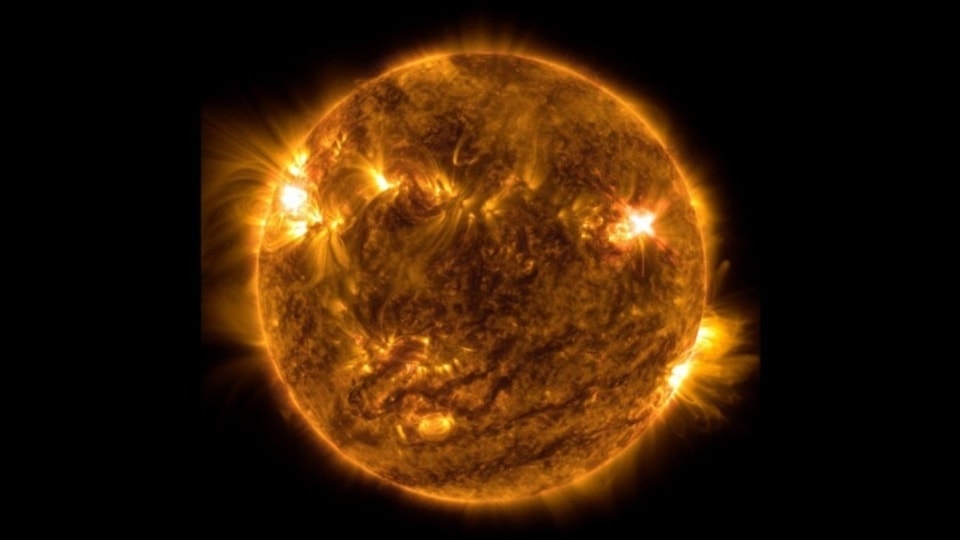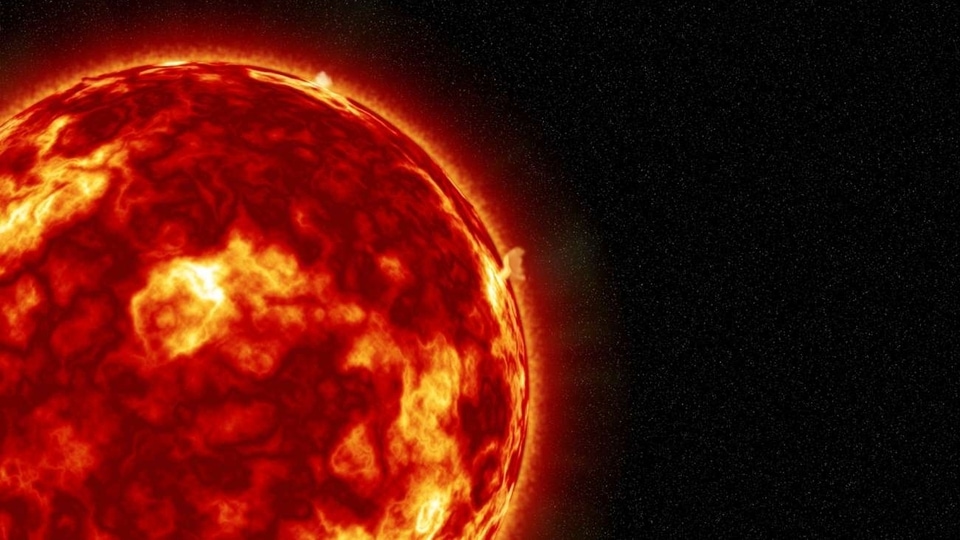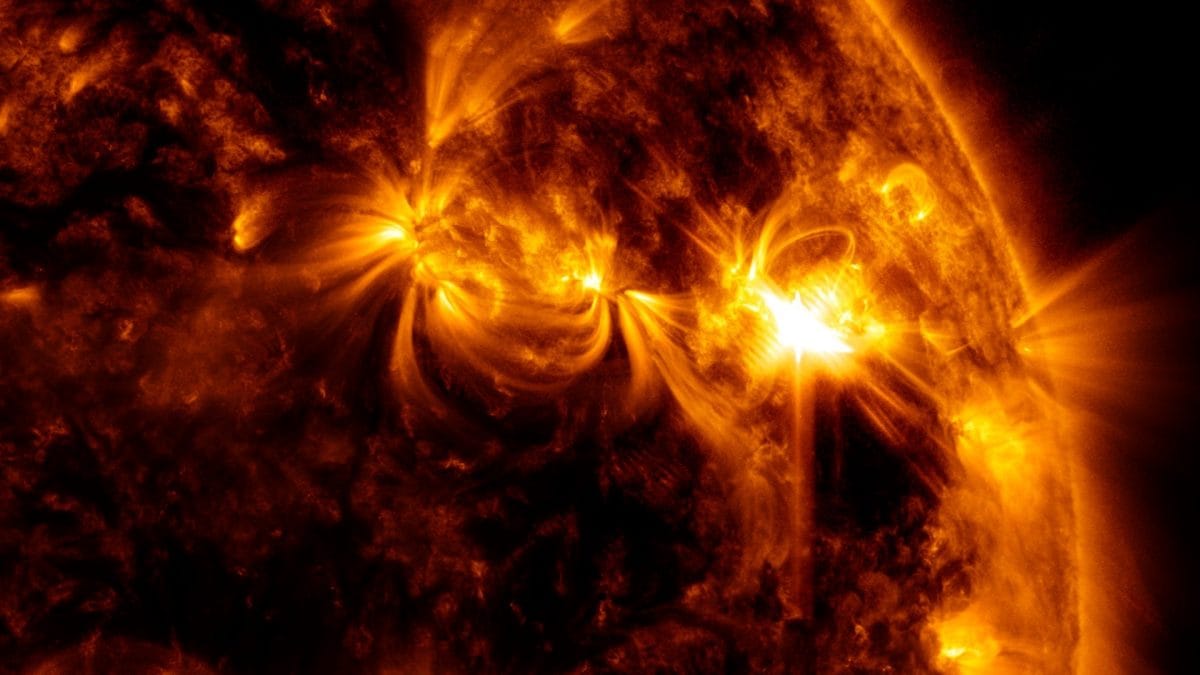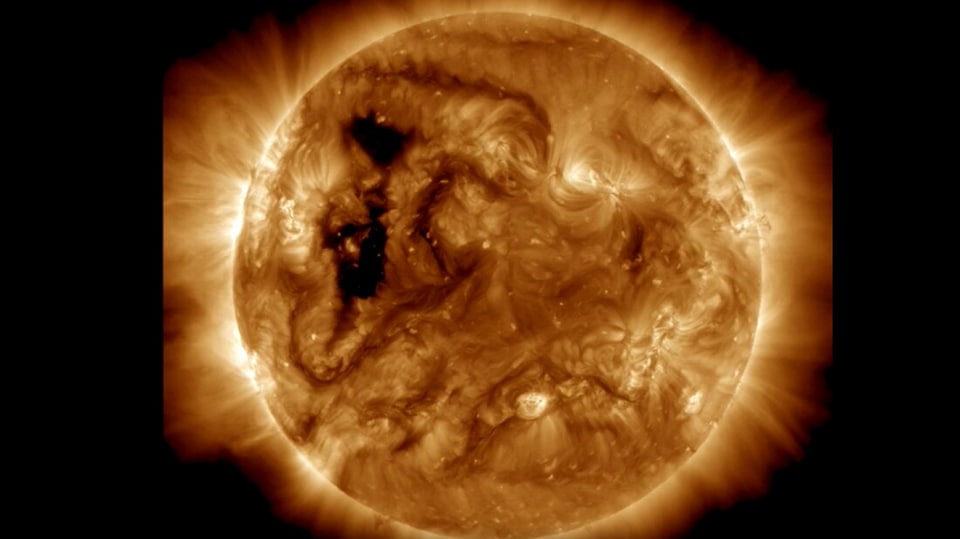Solar storm strike possible soon, as solar wind stream rushes towards Earth; NASA reveals its origin
A new forecast predicts a solar storm on Earth on October 30, as a stream of high-velocity solar winds is moving towards our planet. The solar storm is coming from a large hole on the Sun, as shown by NASA SDO.






 View all Images
View all ImagesJust a couple of days ago, a sneaky solar storm struck the Earth, sparking auroras in the Arctic Circle. The reason for the storm was not known since no coronal mass ejection (CME) was expected to hit the planet. It turned out that a crack opened up in the magnetosphere, allowing solar radiation to easily pass through. Now, another similar incident is on the cards, only at a much higher intensity. A massive hole has opened up on the Sun this time which is releasing a stream of solar winds. It is expected to reach the Earth on October 30, when it can trigger a solar storm, as per the forecast. The NASA Solar Dynamic Observatory images show the hole through which solar winds are escaping.
According to a report by SpaceWeather, “Minor G1-class geomagnetic storms are likely on Oct. 30th when a solar wind stream is expected to hit Earth's magnetic field. The gaseous material is flowing from a double-lobed hole in the sun's atmosphere”. A short video of the Sun, from the exact moment when solar winds escaped its surface, can be seen in the opening seconds of this NASA video.
Solar storm could hit the Earth on Monday
The forecast has predicted a G1-class storm, which essentially means that it will spark auroras and can cause disruptions for some radio waves, resulting in likely disruption of communication for mariners, aviators, drone pilots, and amateur radio operators.
However, that is not the full extent of what solar storms can do. In worst cases, such storms can disrupt GPS and mobile networks, hamper internet connectivity, damage satellites, cause power grid failures, and even corrupt ground-based electronics.
The role of the NASA Solar Dynamics Observatory
The NASA Solar Dynamics Observatory (SDO) carries a full suite of instruments to observe the Sun and has been doing so since 2010. It uses three very crucial instruments to collect data from various solar activities. They include the Helioseismic and Magnetic Imager (HMI) which takes high-resolution measurements of the longitudinal and vector magnetic field over the entire visible solar disk, Extreme Ultraviolet Variability Experiment (EVE) which measures the Sun's extreme ultraviolet irradiance, and Atmospheric Imaging Assembly (AIA) which provides continuous full-disk observations of the solar chromosphere and corona in seven extreme ultraviolet (EUV) channels.
Catch all the Latest Tech News, Mobile News, Laptop News, Gaming news, Wearables News , How To News, also keep up with us on Whatsapp channel,Twitter, Facebook, Google News, and Instagram. For our latest videos, subscribe to our YouTube channel.
































